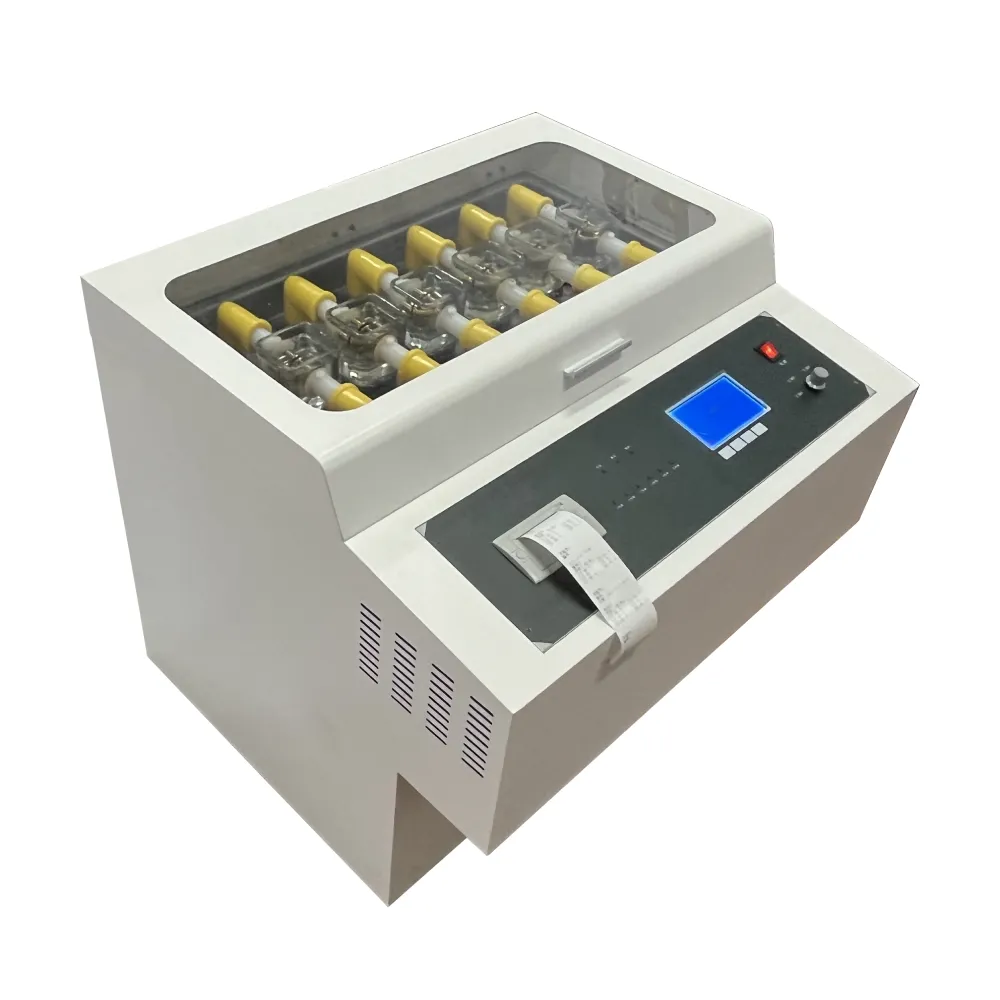 English
English


insulation detector
Understanding Insulation Detectors Essential Tools for Electrical Safety
In the realm of electrical engineering and maintenance, safety is paramount. One of the critical components in ensuring the reliability and safety of electrical systems is the insulation detector. These devices play a vital role in identifying insulation failures that can lead to hazardous situations, including electrical shocks, equipment failures, and even fires. This article delves into the function, importance, and various types of insulation detectors.
Insulation detectors are specialized devices designed to measure the integrity of insulation materials in electrical systems. The primary function of these detectors is to assess the resistance of insulation, which protects conductive parts from unintended contact and minimizes the risk of electrical leakage. These detectors can discover issues early, preventing more extensive damage and ensuring safety for both equipment and personnel.
The importance of insulation detectors cannot be overstated. In industries where electrical equipment operates continuously, the performance and reliability of insulation are crucial. Any degradation or failure in insulation can lead to dangerous situations. For example, insulation failure in a high-voltage cable can result in arcing or short-circuiting, causing not just damage to the equipment but also posing a severe risk to workers nearby. By regularly employing insulation detectors, maintenance teams can identify deteriorating insulation before it leads to catastrophic failures.
There are several types of insulation detectors available on the market, each designed for specific applications and environments. One common type is the insulation resistance tester, which applies a high voltage to the insulation and measures the resulting current flow. This measurement provides an indication of the insulation resistance — the higher the resistance, the better the insulation’s performance.
insulation detector

Another type is the insulation monitoring device (IMD), which continuously monitors the insulation condition during operation. These devices are particularly useful in installations where safety is critical, such as hospitals, data centers, and industrial plants. IMDs alert personnel to any sudden changes in insulation resistance, enabling proactive maintenance before any failure occurs.
Additionally, there are portable insulation testers, which are handy for field conditions. Technicians can use these devices to assess various equipment, such as electric motors, transformers, and cables, without requiring extensive downtime. Their portability and ease of use make them essential tools in any electrical maintenance toolkit.
When selecting an insulation detector, several factors should be considered, including the type of equipment being tested, the application environment, and the specific requirements of the safety standards that apply to the operation. It's essential to choose a reliable device that meets industry standards, as the consequences of inadequate insulation testing can be severe.
In conclusion, insulation detectors are crucial tools for ensuring electrical safety and reliability in various applications. By identifying insulation failures early, these devices help prevent accidents, protect equipment, and maintain operational efficiency. As technology continues to evolve, we can expect more advanced insulation detection solutions that enhance safety and improve the lifespan of electrical systems. Regular inspection and maintenance, complemented by effective insulation testing, are essential practices in any safety-conscious electrical engineering environment.
-
Differences between open cup flash point tester and closed cup flash point testerNewsOct.31,2024
-
The Reliable Load Tap ChangerNewsOct.23,2024
-
The Essential Guide to Hipot TestersNewsOct.23,2024
-
The Digital Insulation TesterNewsOct.23,2024
-
The Best Earth Loop Impedance Tester for SaleNewsOct.23,2024
-
Tan Delta Tester--The Essential Tool for Electrical Insulation TestingNewsOct.23,2024





